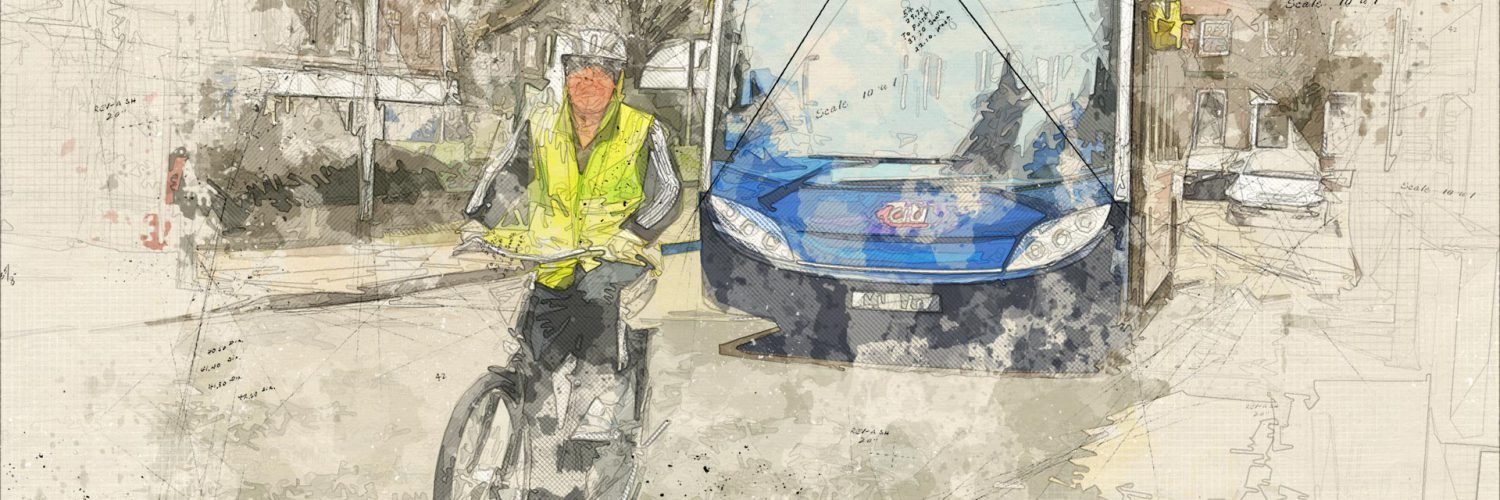Streets make up three-quarters of the open space of a City. They can be famously beautiful like the Backs on Queens Road, or they could be chic ‘zones’ in a new residential area.
Good streets should be practical, safe and attractive – designed primarily for people, not vehicles. Standardised form should not dictate their patterns. We want characterful, preferably tree-lined streets. Engineers and architects need to work carefully within context and urban grain.
Protecting Cambridge’s unique streets can be done. Trinity Street stands up well to the test of time. But modernising roads running into the City Centre will require imaginative thinking with early, genuine local involvement.
At the moment, mistakes are being made and there is not enough integrated design management. Outer Madingley Road now looks like an industrial estate – with its assault course of traffic lights, bleak crossings, incoherent cycle markings and no additional greening. The City Deal – shamefully – never acknowledged conservation areas or suburbs and approaches reports in its consultation material. Charming footways like Burrell’s Walk have been mutilated by removing old lights to save money.
Are we paying a price for ‘efficiency’ and how do we improve?
Cambridge could follow Historic England principles for managing streetscape in sensitive areas. This would mean a traffic management strategy being part of a wider townscape management plan, based on careful urban design analysis of the character of the area. It would mean adopting a minimalist approach, and insisting that detailed designs, construction methods, materials and workmanship should be of the highest standard.
Townscape management between the authorities is confusing. Few residents know who’s in charge or have a sense of ownership of their local ‘streetscape’. There are around 20 different agencies able to interfere in the public realm, and many don’t require planning.
The City Deal’s ‘Environmental design guidance’ was a welcome initiative but the brief was flawed. Before it gets adopted, communities should wise up to opportunities and get involved.
Read our paper on On-Street Parking, which sets out options and a suggested process for introducing new parking controls, tailored to local needs.
This article was first published in the Cambridge Independent on 3 November 2016.



Add comment